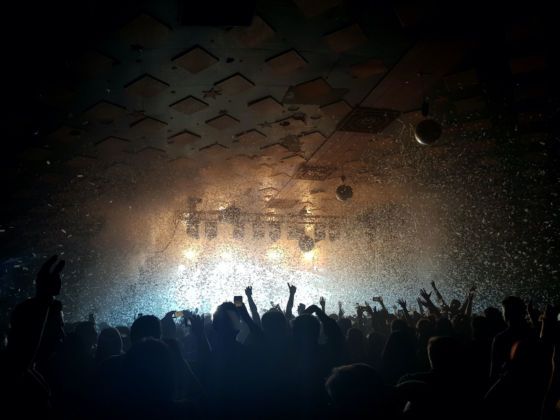1. Indio, California
Before 1993, Indio was a town known mostly for its date palm production and being adjacent to other resort cities people actually wanted to visit. But that year in the early ’90s, Pearl Jam decided to host a protest concert against Ticketmaster’s monopoly on event access. It was a risky proposition–Indio is nearly three hours outside of any major metropolitan area, and the desert heat makes it more desirable to health tourists than anybody looking to get down. But the concert was a smash hit. In one swoop, it proved that people would be willing to make the pilgrimage as long as the product was there.
